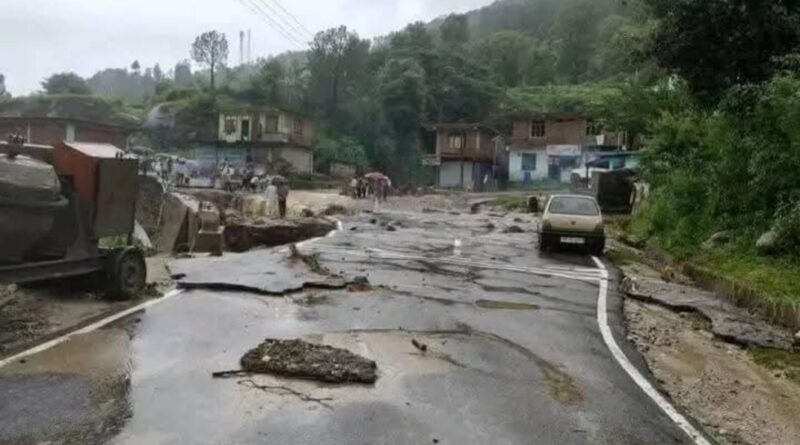When the Mountains Cry: How Heat and Height Are Fueling Cloudbursts in Himachal
A recent study by IIT Roorkee has shed light on a troubling trend in Himachal Pradesh: the growing frequency of cloudbursts in its high-altitude districts. These sudden, violent downpours are not random—they’re the result of a dangerous mix of steep terrain and rising daytime temperatures.
The research, which analyzed data through the end of 2024, identifies five districts—Mandi, Shimla, Chamba, Kullu, and Sirmaur—as particularly vulnerable. These regions, perched above 1,500 meters, are seeing more intense and unpredictable weather, while other districts like Una, Hamirpur, and Kangra remain relatively unaffected.
Nature’s Perfect Storm
In these mountainous areas, the landscape itself plays a role in triggering cloudbursts. As warm, moist air rises and hits the steep slopes, it cools rapidly, forming towering cumulonimbus clouds—those dark, thunderous giants known for unleashing torrents of rain in a matter of hours. These storms can dump anywhere from 200 mm to 1,000 mm of rain in a very localized area, overwhelming the land below.
But it’s not just the terrain. The study highlights how daytime solar heating destabilizes the atmosphere, accelerating the rise of moisture-laden air. This combination of heat and height creates the perfect conditions for cloudbursts—especially during July and August, when monsoon moisture is at its peak.
A Call for Preparedness
The findings are a wake-up call. With climate change intensifying weather patterns, the study urges immediate action: more weather stations in vulnerable areas, faster data sharing, and better public awareness about the risks of flash floods and landslides.
These cloudbursts aren’t just meteorological events—they’re disasters in waiting. They’ve already caused damage to roads, homes, farms, and lives. And if global temperatures continue to rise, the threat will only grow.
Protecting the Hills Before the Next Storm
The message is clear: Himachal’s beauty comes with a growing risk. To protect its people and landscapes, we need smarter infrastructure, stronger early-warning systems, and a deeper understanding of how climate and geography interact.
Because when the mountains cry, it’s not just rain—it’s a warning.



